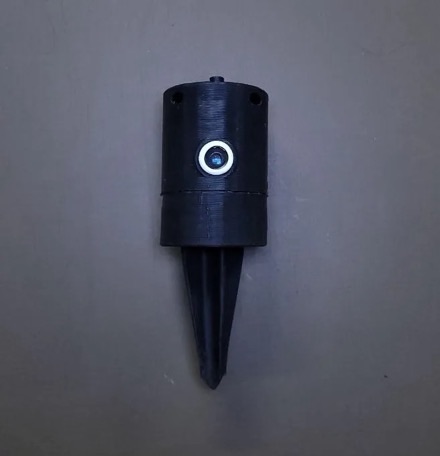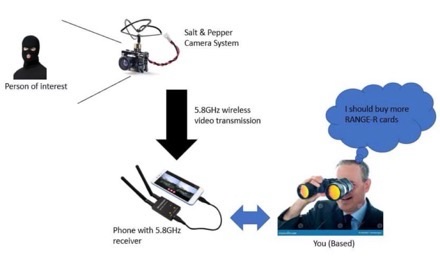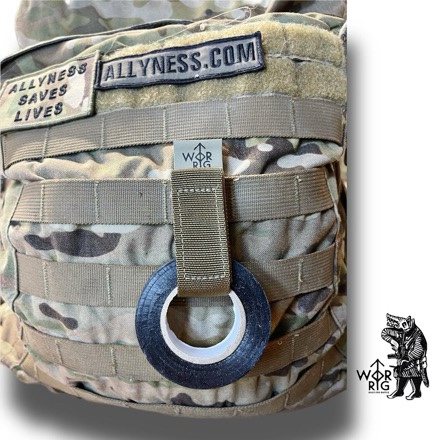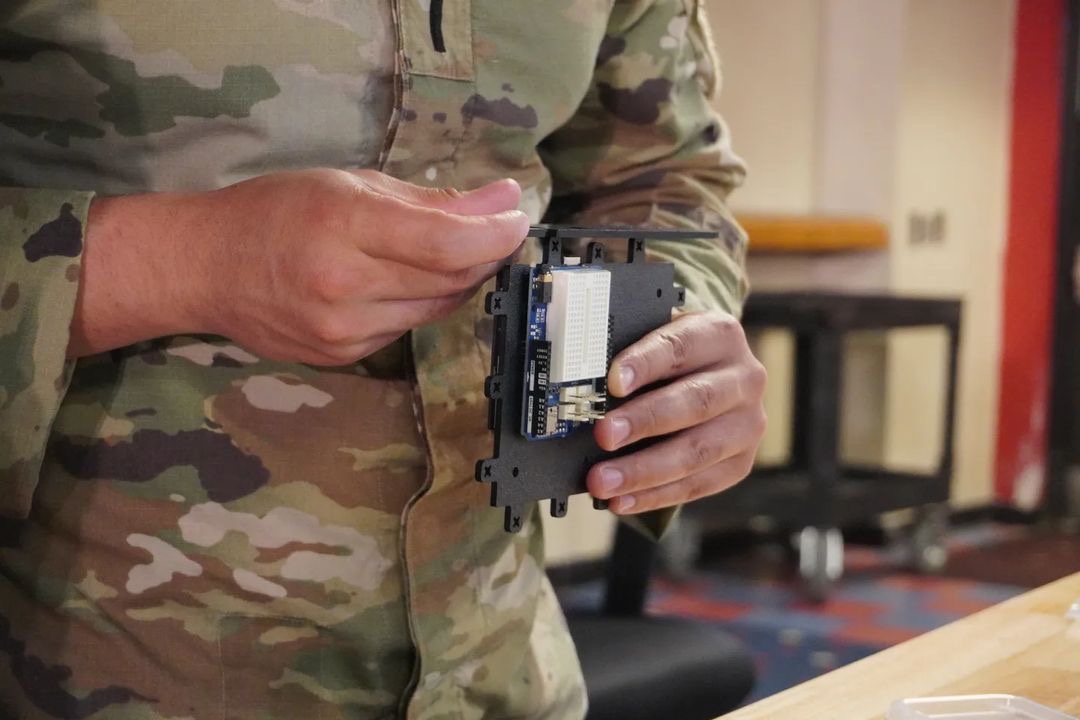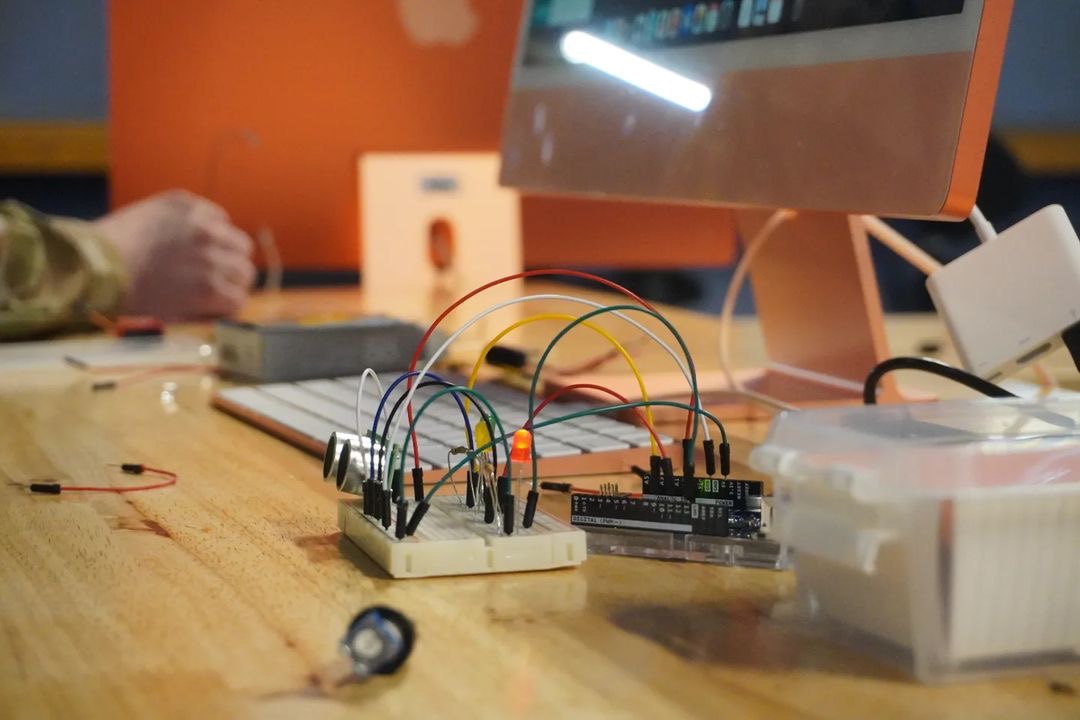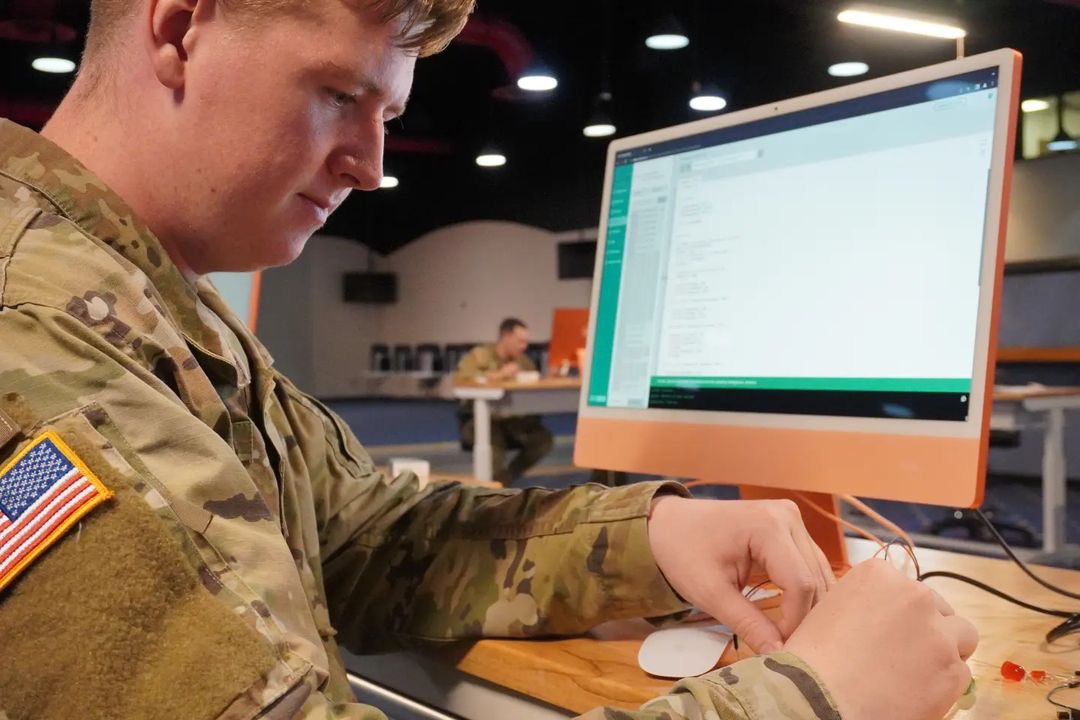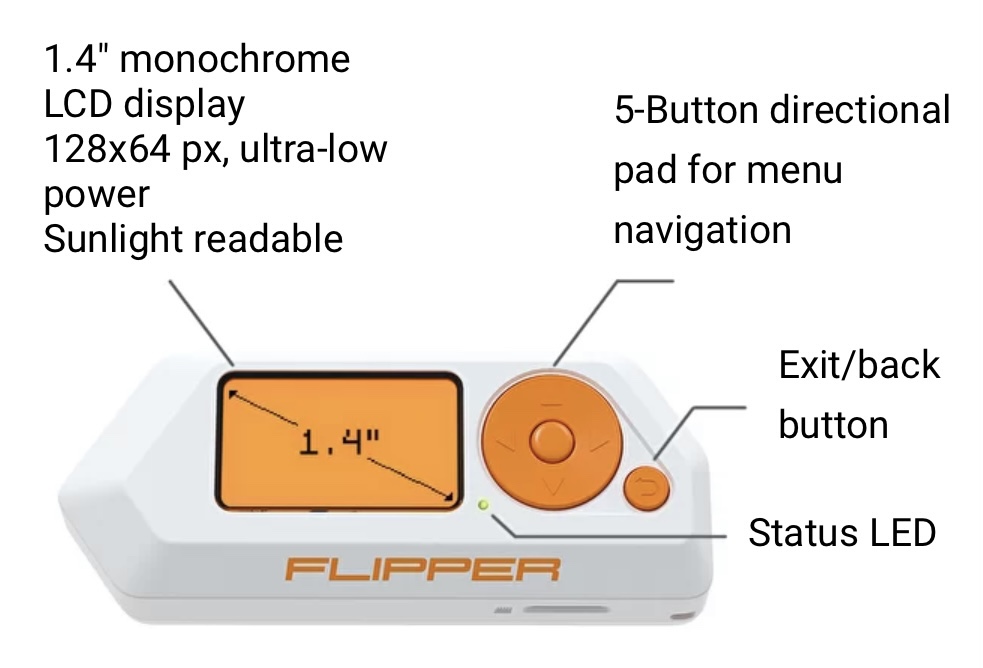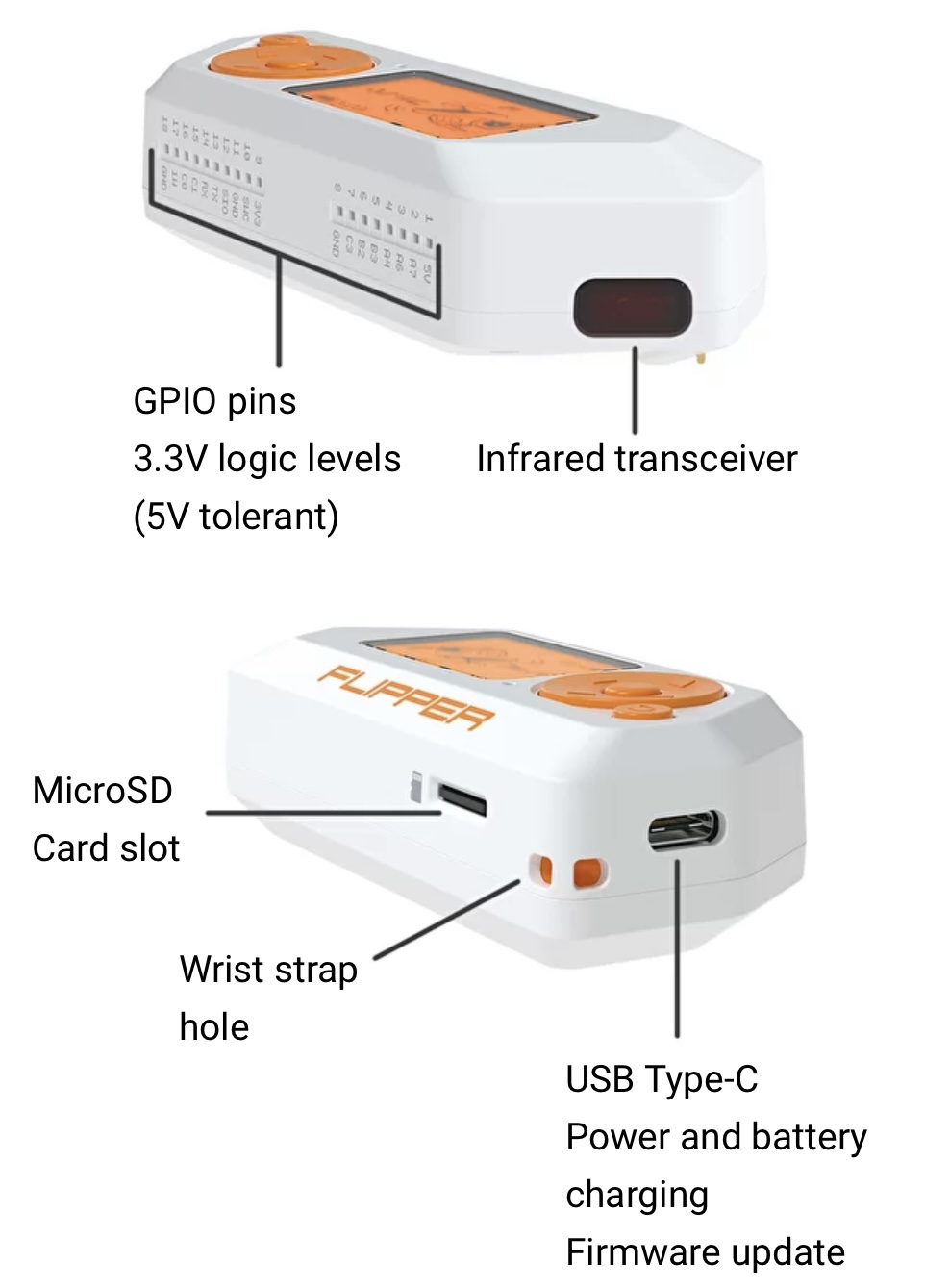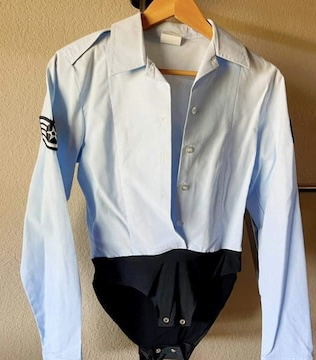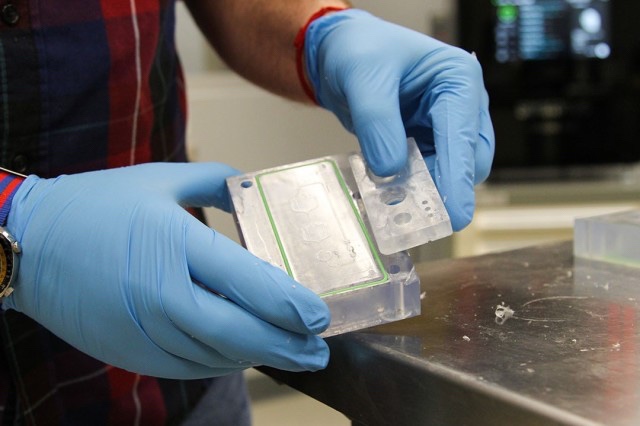
Aberdeen Proving Ground, MD – The Makerspace program at the U.S. Army Combat Capabilities Development Command Chemical Biological Center (DEVCOM CBC) provides state-of-the-art equipment and technology to enable the workforce to develop mission-related product prototypes and specialty items.
“This is an innovation space. We want people to come in and share their ideas so we can help them do a proof of concept, which can then go on and become a bigger project or a bigger program,” explained Bradley Ruprecht, lead of the Makerspace program.
Innovation is the core of Makerspace. In 2012 and 2019, the Center’s Makerspace program was awarded the Distinguished Innovator Operators (DINO) Award. It is the Additive Manufacturing User Group’s (AMUG) most prestigious honor, recognizing those with the highest levels of experience and expertise in the industry who dedicate a willingness to share their knowledge through contributions to AMUG and its members. Makerspace has earned two of the Army’s three DINO Awards.
Located in the Advanced Design and Manufacturing Rapid Technologies Lab, the Makerspace program has led and supported numerous successful large-scale projects by utilizing the program’s robust equipment with updated technologies and material developments. For example, the program played a major role in enabling the replacement of ion drift tubes in handheld sensors for the Defense Logistics Agency.
The program continues to support such major projects using the products developed in the lab and encourages the CBC community to bring their ideas into the space, where the team can assist in teaching and training on new skills. “Our mission this year is workforce development because we’re training folks on new skills,” Ruprecht said. “Chemists, biologists, engineers – anyone and everyone – are learning new skills like 3D printing and CAD 3D modeling.”
The equipment at the facility enables products to be fully customizable at a low cost, which allows for flexibility during project development and offers a high degree of conformity among custom-developed units. Makerspace aims to own and develop its own processes, materials, and products to support CBC missions. Lessons learned while supporting projects throughout the Center will be an asset for upcoming projects within the Army.
In a recent project, Ruprecht aided in the development of organoids from living cells using the lab’s recently acquired bio-printer. The capability of the bio-printing machine allows it to print living cells, which can then grow and multiply to create an organoid or other bodily structures. The project used tooling to create a custom organ-on-a-chip, where a silicone microchip connects to small fluidic channels with specific organ cells – such as the heart or lungs – to mimic human physiology. The idea of the project is to develop and design the organ on a chip in-house at Makerspace.
In addition to bio-printing, Makerspace provides access to 3D scanning and printing, laser cutting, metal bending, and painting as well as design and engineering services. The materials at the workshop range from liquid resin to stainless steel metal, carbon fiber, nylon, and more. Ruprecht encourages the workforce to visit the facility, where experienced professionals can introduce individuals to the lab and even match them up with programs or engineers to target the particular needs of a project or idea.
Funded by CBC, Makerspace is open for walk-ins and is a freely available resource for the CBC workforce to use. Ruprecht plans to host classes in the Makerspace lab to share his expertise with the community and develop skills within the workforce.
By Aeriel Storey


